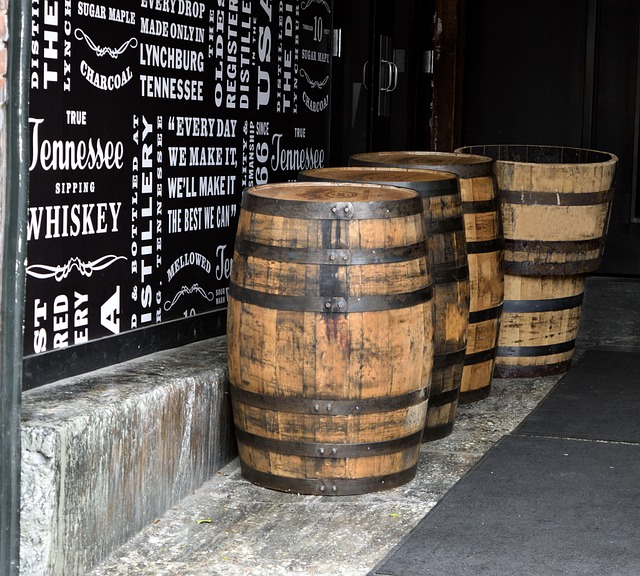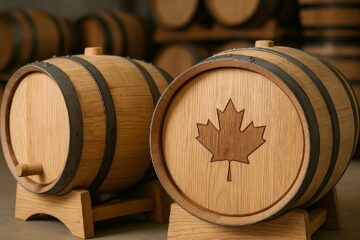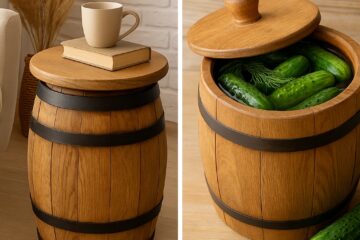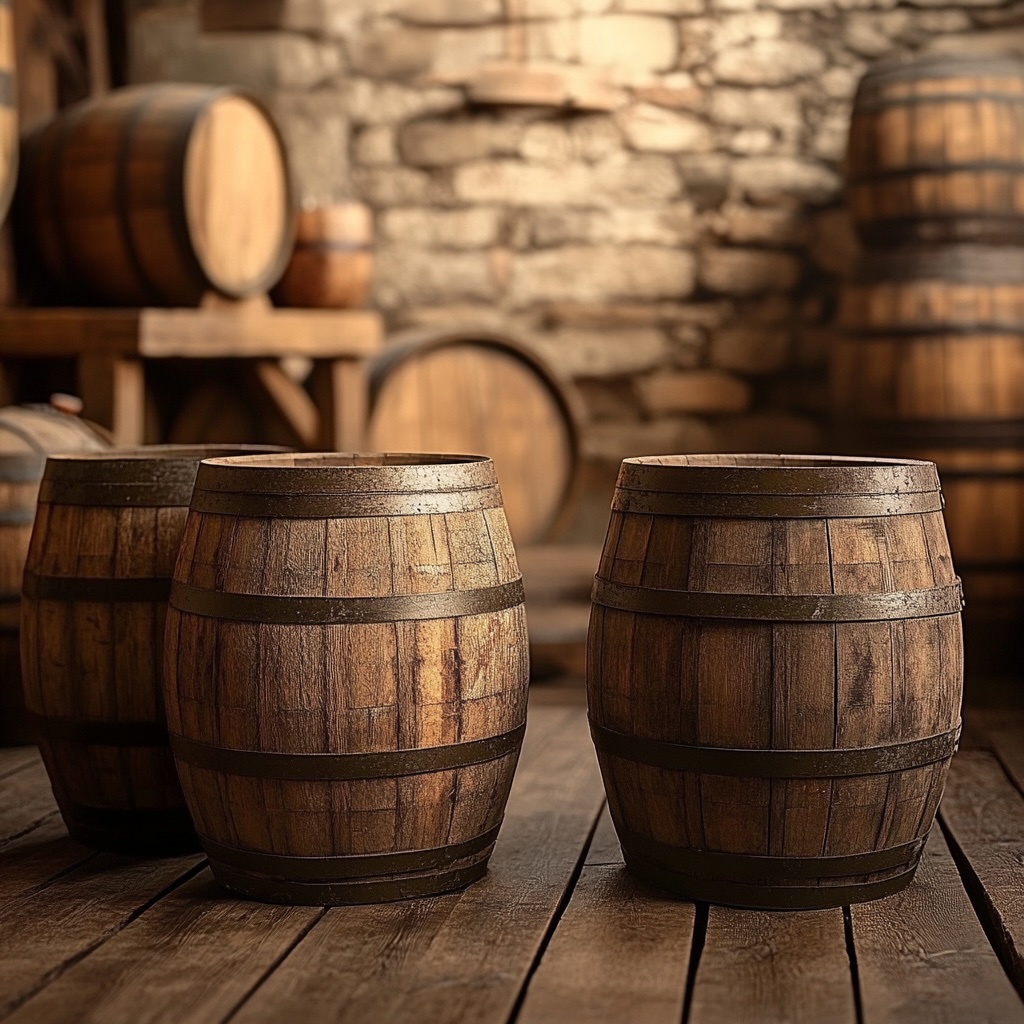When sipping a smooth and aged whiskey, few might pause to think about the vessel that helped shape its rich flavor and character. But the wood used for whiskey barrels plays an integral role in maturing this beloved spirit. Have you ever wondered why oak barrels are the go-to choice for aging whiskey? Join us on a spirited journey as we explore the fascinating world of whiskey barrel wood.
The art of aging whiskey dates back centuries, and the choice of wood has evolved over time. While various types of wood have been used in barrel making, oak stands tall as the preferred wood for whiskey barrels. The mighty oak offers a perfect harmony of properties that enhance the whiskey’s taste, aroma, and overall drinking experience.
Why Oak?
- The Flavor Infusion: Oak’s porous nature allows whiskey to seep into the wood, absorbing the various compounds that contribute to its distinct flavor profile. Compounds like vanillin, tannins, and lignins impart vanilla, caramel, and spice notes to the whiskey. These intricate flavors develop as the whiskey interacts with the wood during the aging process.
- Ideal Balance: Oak strikes a delicate balance in imparting flavors without overpowering the whiskey. It enhances the spirit’s character while preserving its unique essence, creating a beautifully harmonized taste.
- Sturdy and Reliable: Oak is a hardwood, making it durable and capable of withstanding the rigors of aging whiskey for extended periods. Its strength ensures that the barrels can be reused, imparting consistent flavors across multiple batches.
Interestingly, not all oak trees are created equal when it comes to whiskey barrel wood. American White Oak (Quercus alba) and European Oak (Quercus robur or Quercus petraea) are the two primary species used in cooperage.
American White Oak: The Flavor Maestro
American White Oak, particularly Quercus alba, reigns supreme in the whiskey barrel wood game. Hailing from the United States, this oak species boasts a unique set of characteristics that amplify the aging process.
One of the most intriguing properties of American White Oak is its lactone content. Lactones are organic compounds that impart a coconut and woody sweetness to the whiskey. The presence of lactones in abundance gives American White Oak barrels the power to enhance the spirit’s flavors significantly.
But here’s a funny fact: Lactones are also found in coconuts! So next time you savor that deliciously smooth bourbon, you can thank both the oak and the coconut for their combined flavor magic.
European Oak: A Touch of Elegance
Across the Atlantic, European Oak, derived from Quercus robur or Quercus petraea, offers its own exquisite influence on whiskey aging. European Oak barrels are often favored by Scotch whisky distillers, lending their subtle elegance to the spirit.
While American White Oak steals the show with its lactone-rich charm, European Oak boasts higher levels of tannins. These tannins provide a subtle spiciness and astringency to the whiskey, complementing its flavors differently than its American counterpart.
Let’s add another quirky fact: Oak trees in Europe have long been associated with myths and folklore. In Celtic mythology, for example, oak trees were considered sacred and were often associated with powerful deities. So, it seems fitting that European Oak imparts its own touch of divine charm to the world of whiskey.
The Impact of Barrel Size
As if the choice of wood species wasn’t enough, the size of the whiskey barrel further influences the aging process. Smaller barrels have more wood surface area relative to the volume of whiskey, resulting in quicker aging. This means that the same whiskey aged in different-sized barrels will have distinct flavor profiles due to varying levels of interaction with the wood.
While larger barrels might take longer to age whiskey, they can also produce a more balanced and nuanced flavor over time. Smaller barrels, on the other hand, can impart intense flavors and develop them at a faster rate.
In conclusion, whiskey barrel wood, particularly oak, plays a pivotal role in shaping the soul of this cherished spirit. American White Oak offers its coconut-woody sweetness, while European Oak adds a touch of elegance and spice. So, the next time you savor that delightful glass of whiskey, take a moment to raise it to the humble oak tree and its contribution to the captivating world of whiskey aging. Sláinte!




